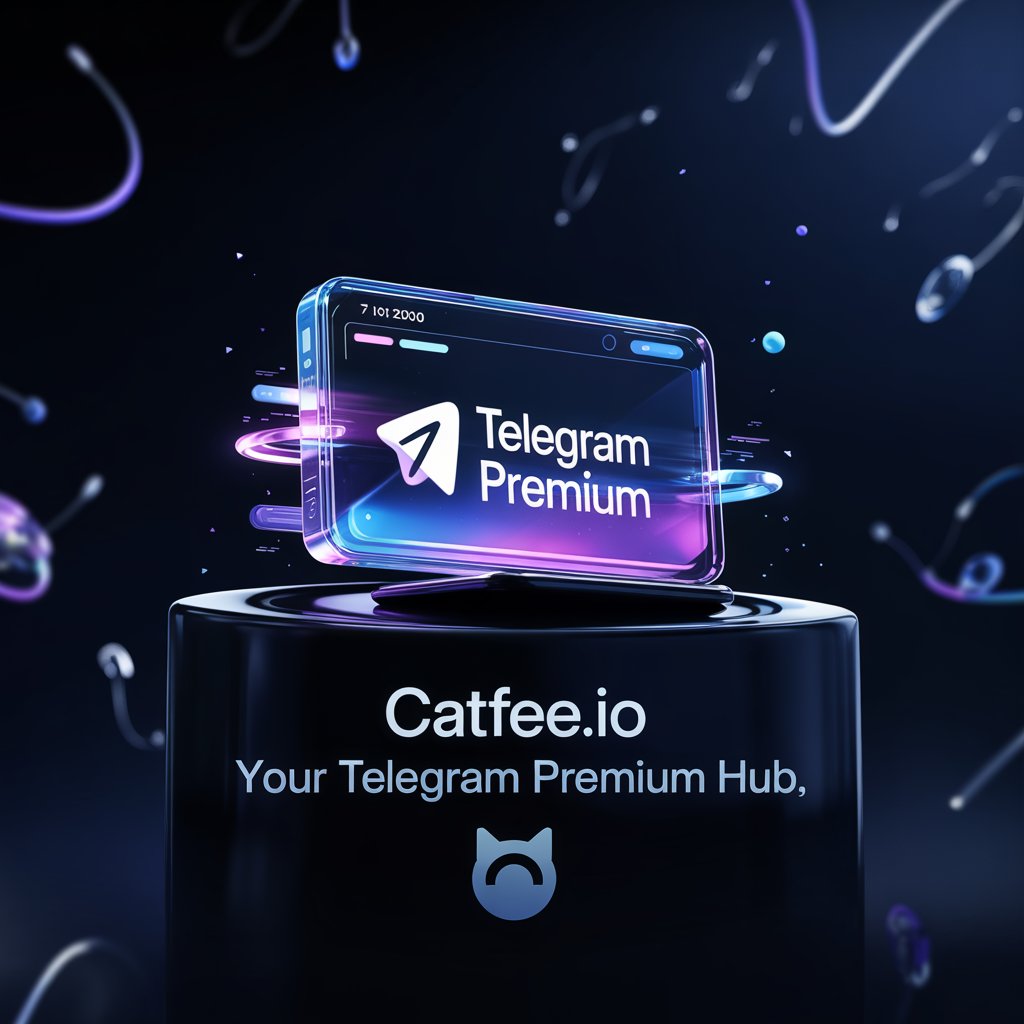TRON Dynamic Energy Model: Optimizing Resource Consumption and Improving Network Efficiency
What is the TRON Dynamic Energy Model?
The TRON (波场) Dynamic Energy Model (TIP-491) is a mechanism that dynamically adjusts the future energy consumption of a contract based on its known energy usage. This mechanism aims to prevent excessive resource consumption by a few contracts, thereby ensuring the robust, stable, and balanced development of the ecosystem. In this article, we will dive into the working principles of the Dynamic Energy Model, related APIs, and how the community is preparing for its implementation, while also introducing how you can optimize your TRON transaction experience by purchasing and managing energy through CatFee.IO.
Why is the Dynamic Energy Model Needed?
Currently, over 85% of resource consumption on the TRON network is concentrated in a few contracts, and some of the transactions calling these contracts are of low value or even fraudulent. If this continues, it will not only affect user experience but also hinder the healthy growth of the TRON dApp ecosystem. Network capacity is limited, and when it’s filled with a large number of low-value transactions, other transactions will have to wait longer, leading to a poor experience for users.
By introducing the dynamic energy model, low-value transactions will incur higher costs, thereby reducing their impact on the network, and ensuring the smooth operation of other dApps. In this way, the dynamic energy model helps improve the allocation of network resources, preventing over-concentration of resources on a few contracts, and ensuring the ecosystem remains diverse, robust, and well-balanced.
Moreover, CatFee.IO, as a leading energy provider in the industry, offers reliable energy purchasing services, enabling users to easily acquire the energy they need during times of network congestion, thus avoiding transaction failures caused by insufficient energy.
How Does the Dynamic Energy Model Work?
The Dynamic Energy Model introduces an energy_factor variable for each contract, which starts at 0. The final energy consumption when a user calls a contract is calculated as follows:
Transaction energy consumption = Transaction energy consumption * (1 + energy_factor)
During the TRON network's maintenance period (currently 6 hours), if the basic energy consumption of a contract exceeds a certain threshold, the energy_factor will increase in the next maintenance period. After this increase, users will consume more energy when sending the same transaction. However, the energy_factor will not increase indefinitely, as it has a maximum value. If the basic energy consumption of the contract falls below the threshold in a maintenance period, the energy_factor will gradually decrease, eventually returning to 0.
Advantages of CatFee.IO
CatFee.IO provides a convenient service for purchasing and leasing energy for TRON users. When a contract consumes too much energy or the network is congested, you can quickly buy the necessary energy from CatFee.IO, ensuring that your transactions go through smoothly. Compared to burning TRX directly for energy, CatFee.IO offers more transparent and stable prices, reducing the additional costs caused by network fluctuations.
For example, if you need to make a large USDT transfer and the destination address doesn’t hold USDT, you might need up to 130,000 energy. Through CatFee.IO, you can easily purchase this energy and ensure a smooth transaction process.
How is the Energy Factor Calculated and Controlled?
In the Dynamic Energy Model, the energy_factor for each contract is dynamically adjusted based on the contract's resource usage. The calculations for adjusting the energy_factor are as follows:
-
Increasing energy_factor: When the basic energy consumption of a contract exceeds the threshold, the energy_factor increases. The formula is:
energy_factor = min((1 + previous_energy_factor) * (1 + increase_factor) - 1, max_factor)
-
Decreasing energy_factor: When the basic energy consumption of a contract falls below the threshold, the energy_factor decreases. The formula is:
energy_factor = max((1 + previous_energy_factor) * (1 - decrease_factor) - 1, 0)
This mechanism ensures that a contract's energy consumption is dynamically adjusted based on its historical usage, helping to allocate resources more efficiently and avoid resource over-concentration.
How to Optimize Energy Management with CatFee.IO?
If you often encounter transaction failures due to insufficient energy, you can quickly purchase the energy you need through CatFee.IO. For example, when transferring USDT, if the recipient address does not hold USDT, you may need up to 130,000 energy. By purchasing energy through CatFee.IO, you can ensure that your transactions are processed smoothly.
Compared to burning TRX for energy, purchasing energy through CatFee.IO is typically more efficient and cost-effective. You can choose the appropriate energy package according to your needs, minimizing the risk of additional costs caused by network congestion or fluctuations.
How to Obtain Chain Parameters of the Dynamic Energy Model?
Once the dynamic energy model is enabled, users can call the /wallet/getchainparameters API to get related network parameters, as shown below:
$ curl -X POST http://127.0.0.1:8092/wallet/getchainparameters
{
"chainParameter": [
……
{
"key": "getDynamicEnergyThreshold",
"value": 2000000
},
{
"key": "getDynamicEnergyIncreaseFactor",
"value": 2000
},
{
"key": "getDynamicEnergyMaxFactor",
"value": 25000
}
]
}
These parameters help you understand the energy usage on the network, and make adjustments according to your needs. If you'd like to know more about how to use CatFee.IO to obtain these parameters and optimize your energy management, feel free to reach out to us.
How to Prepare for the Dynamic Energy Model?
The dynamic energy model will be deployed in a future version of TRON and enabled through network governance voting. dApp users don’t need to make special preparations, but they should understand the working principles of the dynamic energy model. When the model is activated, if a user interacts with a heavily used contract, the energy consumption for the same type of transaction may vary in different periods due to the penalty mechanism.
Wallets, exchanges, and dApps involved in estimating and displaying transaction fees should include the energy fee generated by punitive consumption when estimating TRC20 token transfer and smart contract call fees. Additionally, if you need to show the breakdown of transaction fees to users, punitive energy consumption should also be considered and displayed.
Conclusion
The TRON Dynamic Energy Model optimizes network resource allocation by dynamically adjusting the energy consumption of contracts based on their historical usage. By increasing the cost for resource-intensive contracts, it reduces their future resource occupation without affecting other dApps. This model makes the allocation of energy resources on the chain more efficient, prevents over-concentration of network resources, and ensures the balanced development of the TRON ecosystem.
By combining CatFee.IO's energy purchasing services, TRON users can more efficiently manage their energy consumption, ensuring smooth transactions even during times of high demand. Whether you're a dApp developer or an average user, understanding the dynamic energy model and leveraging CatFee.IO for energy management is key to optimizing your TRON transaction experience.
If you have any questions about the dynamic energy model or need assistance with energy management through CatFee.IO, feel free to reach out to us!



